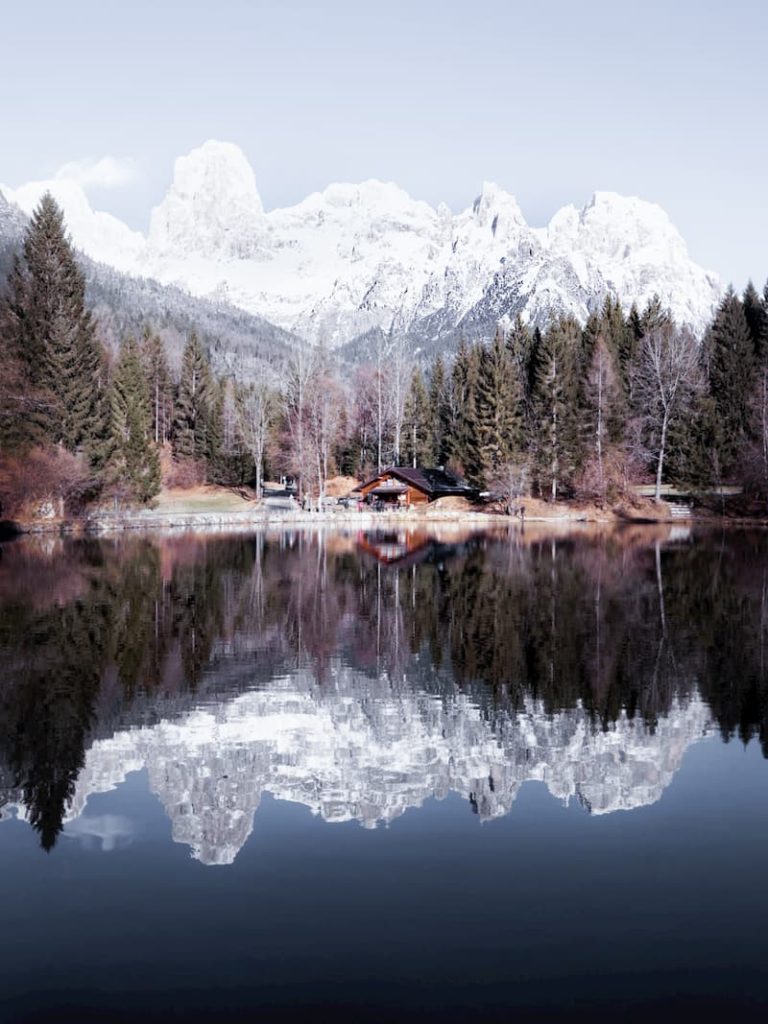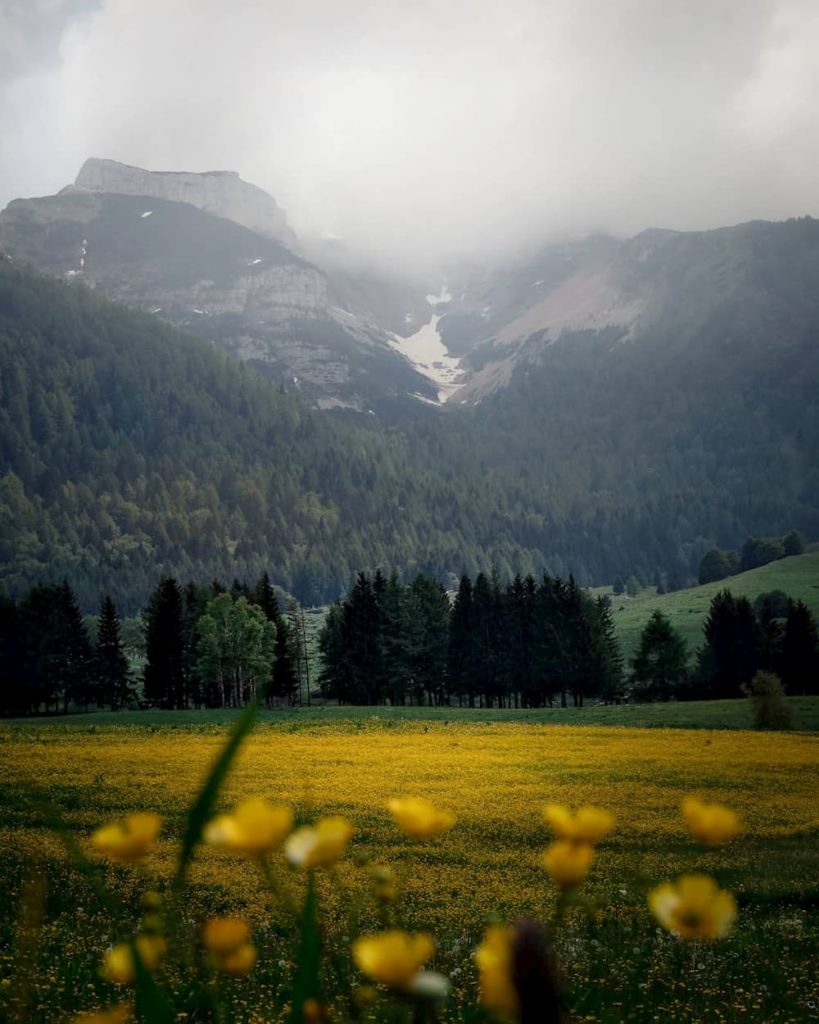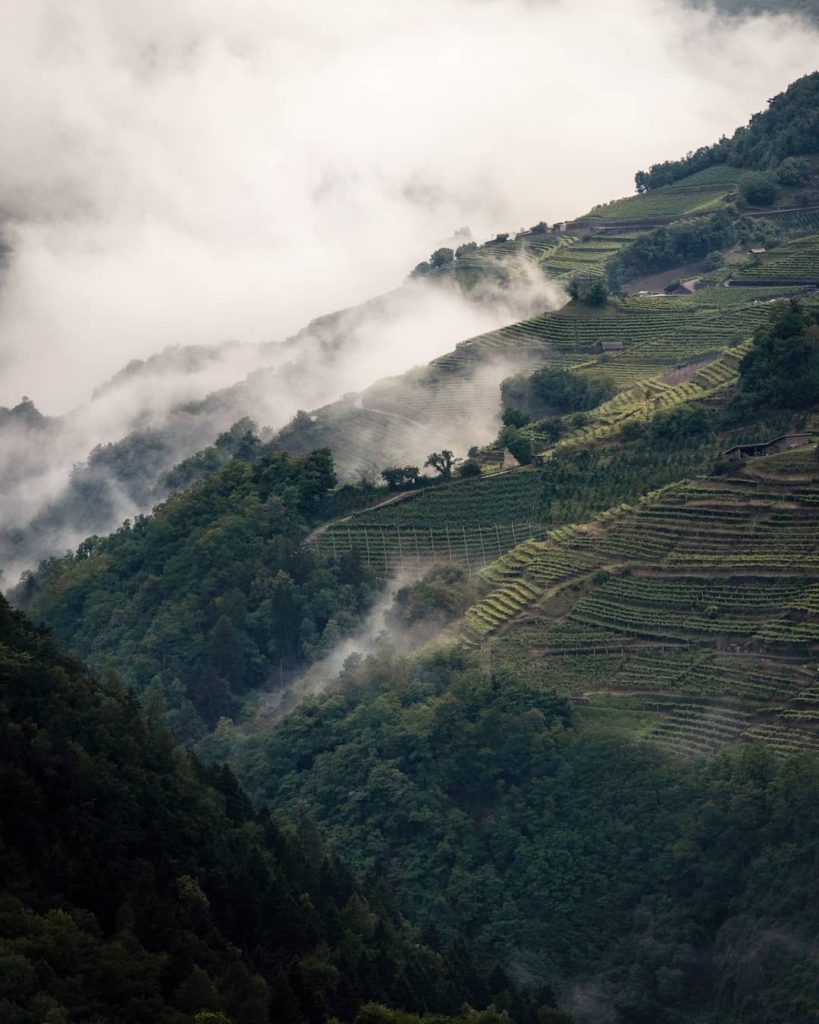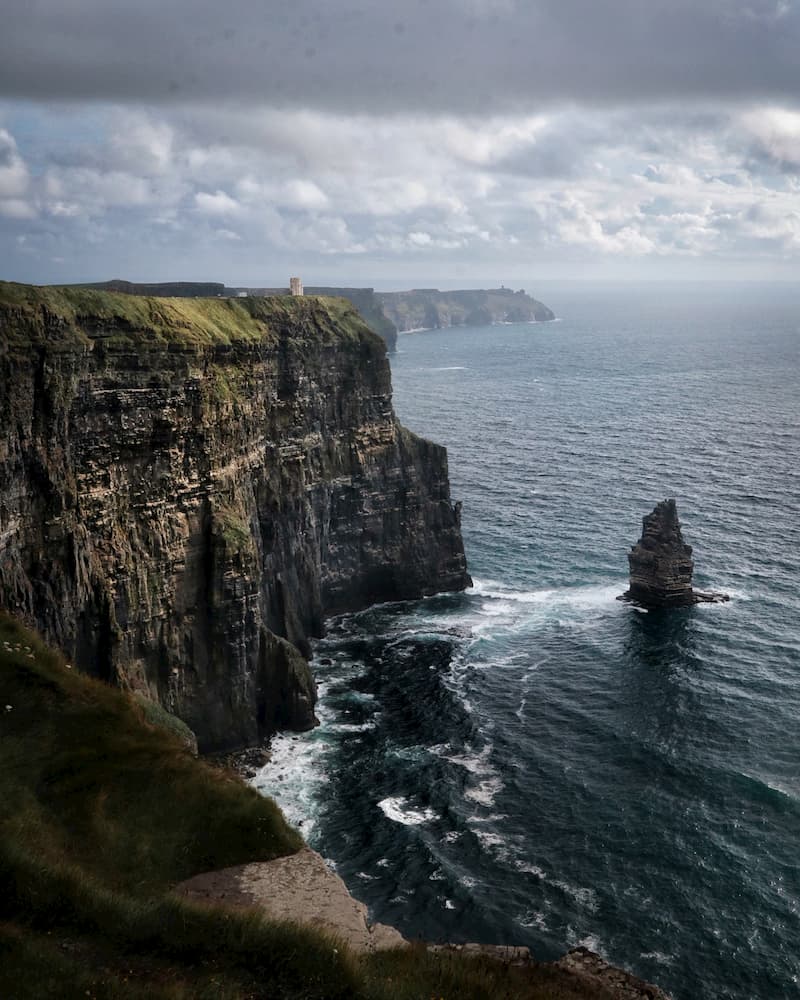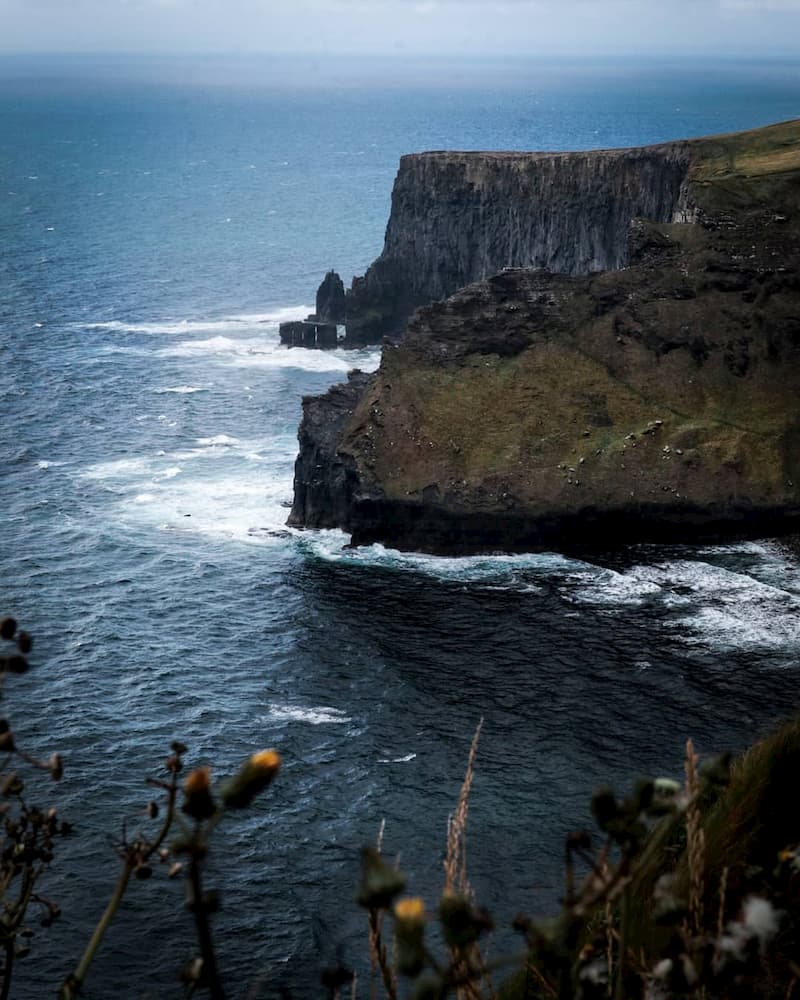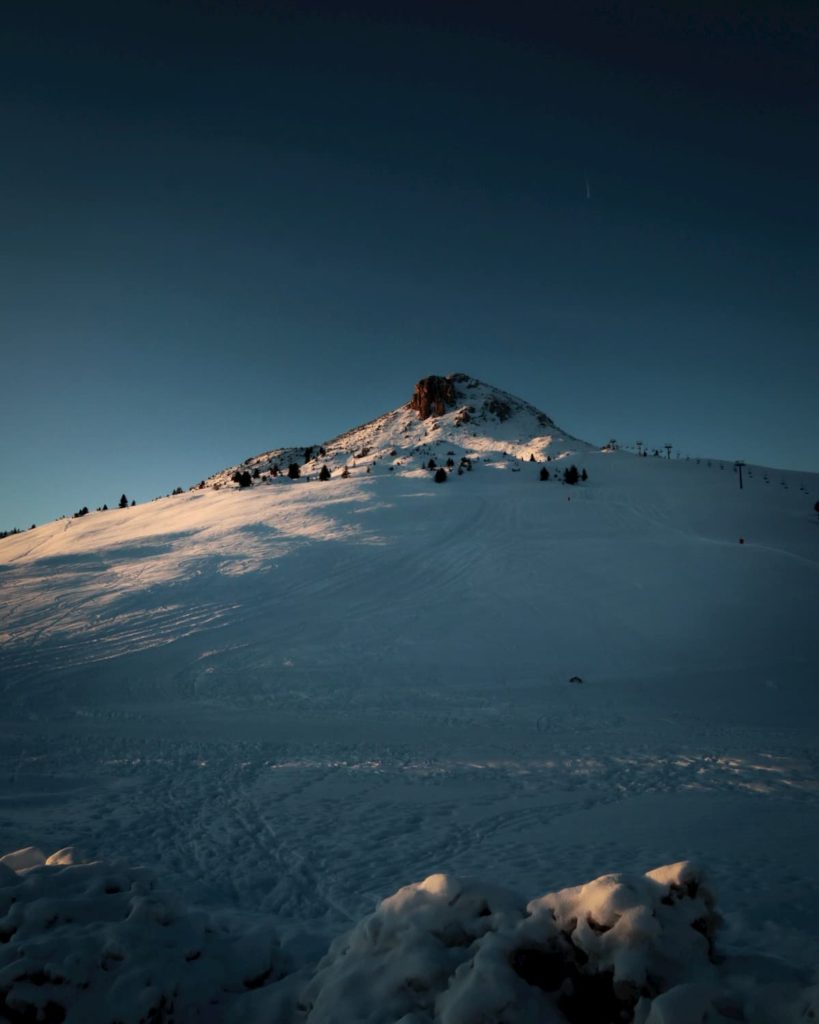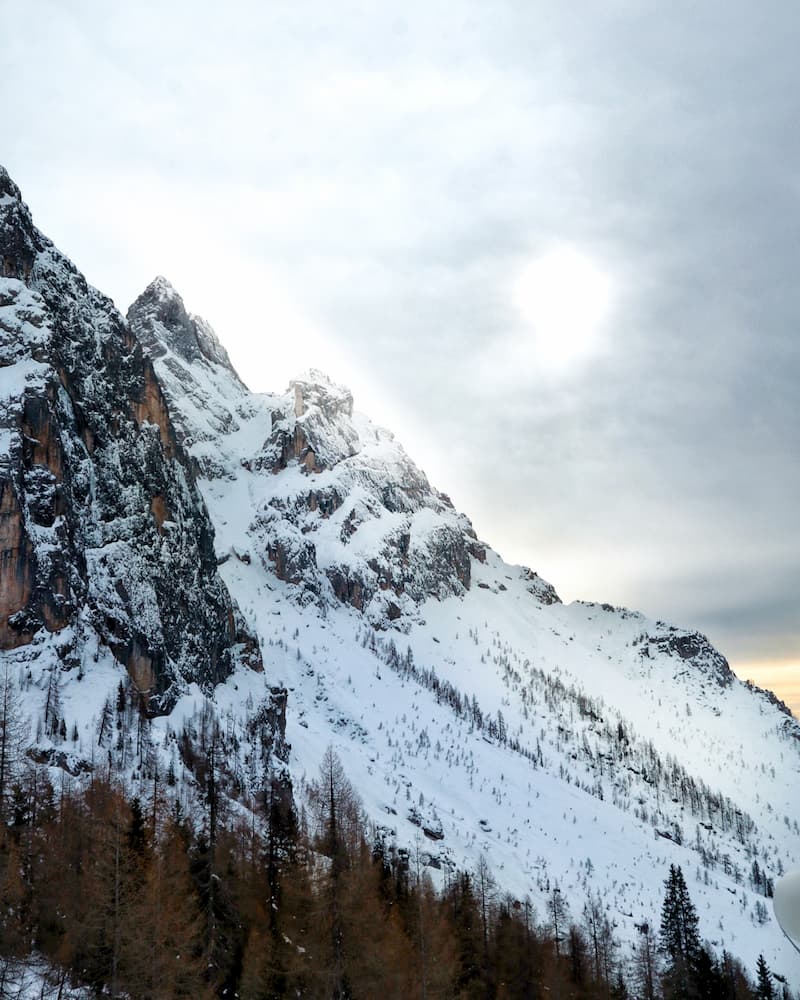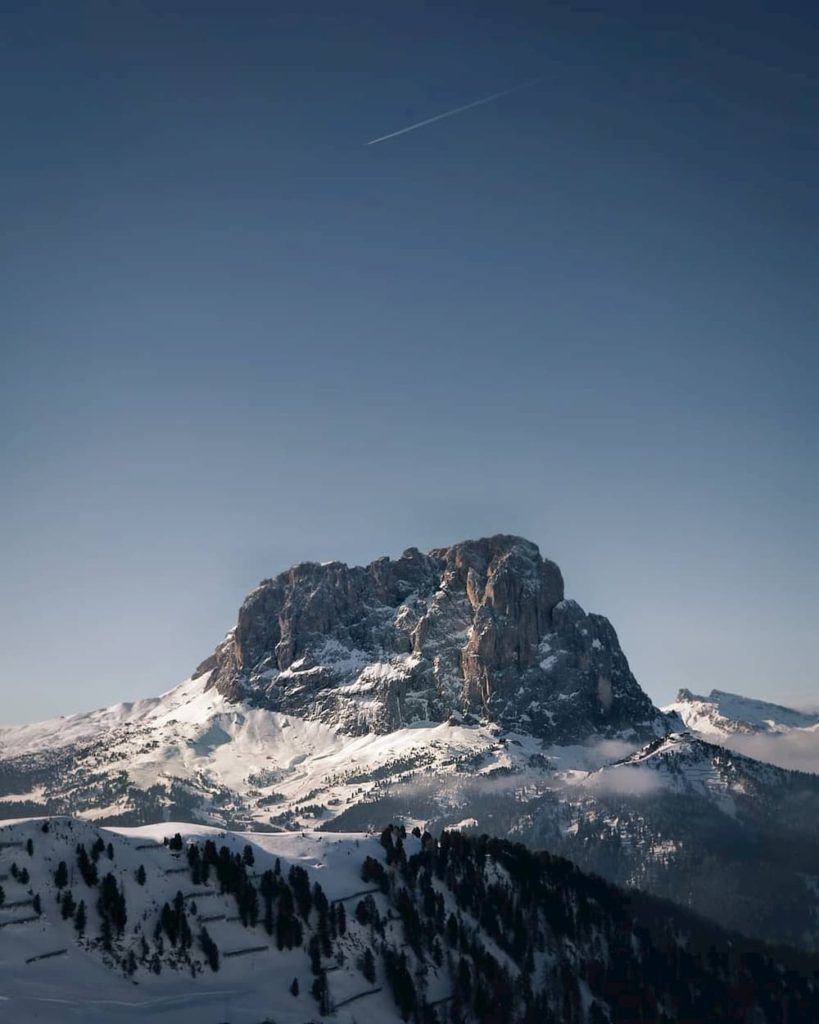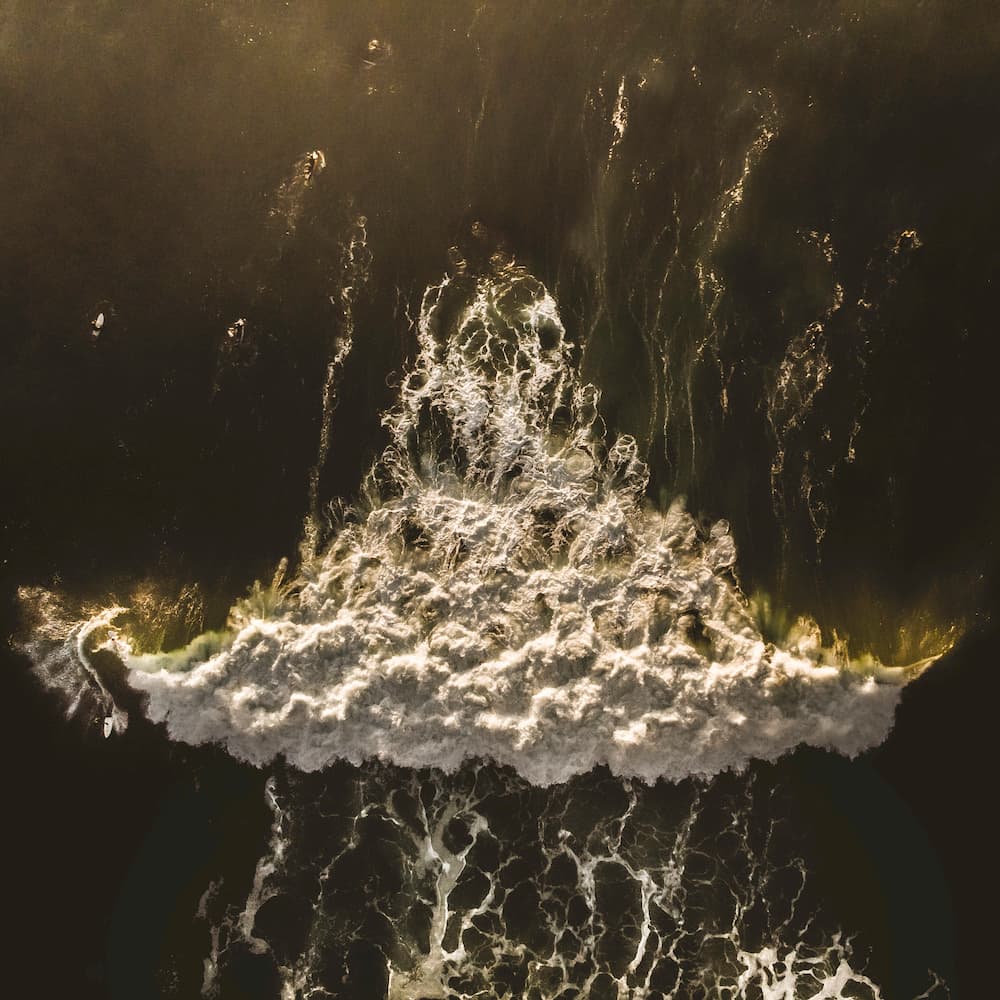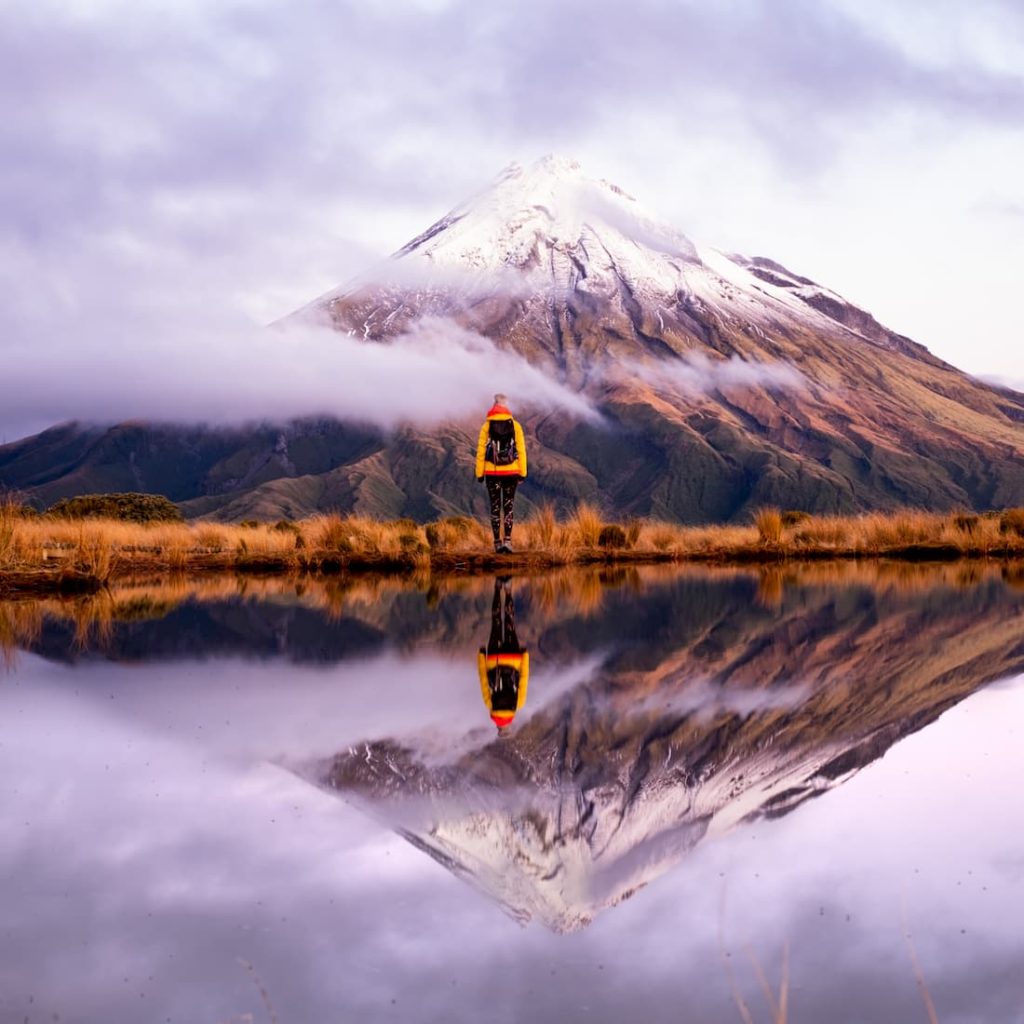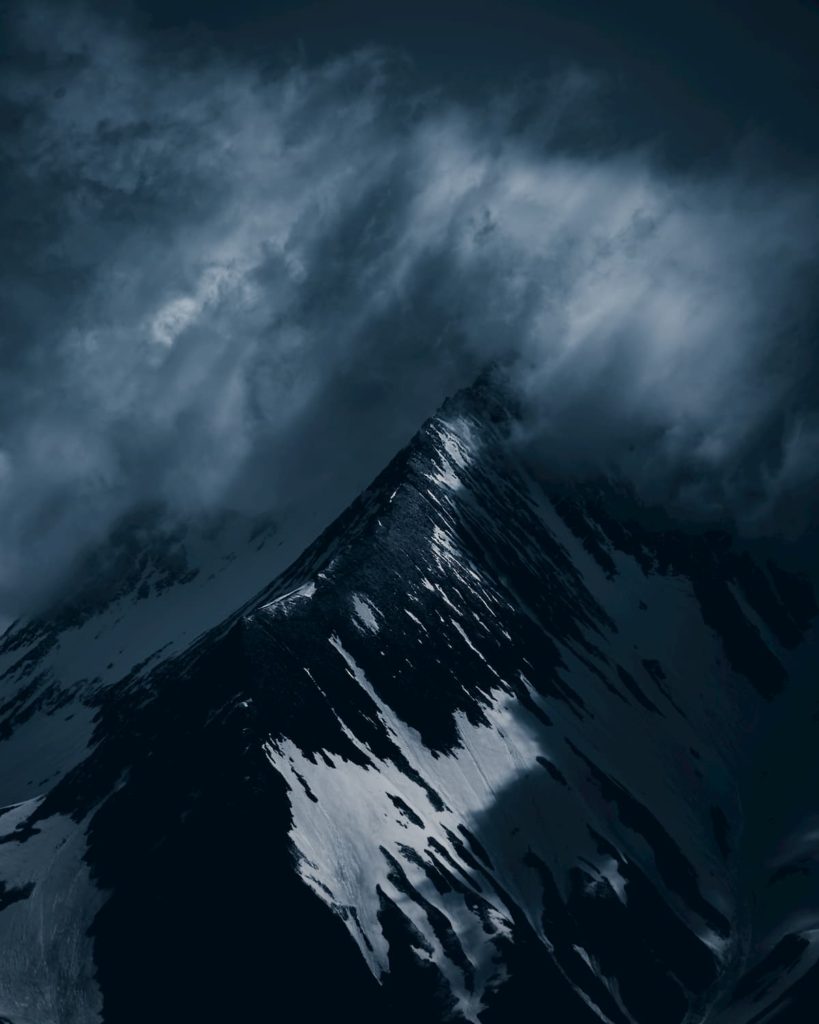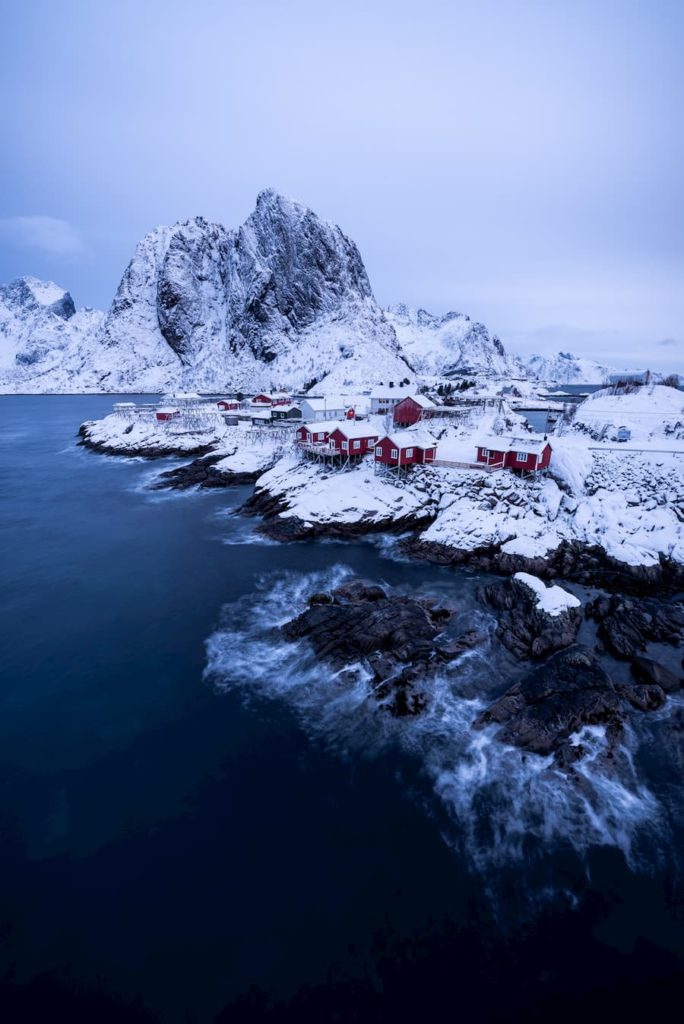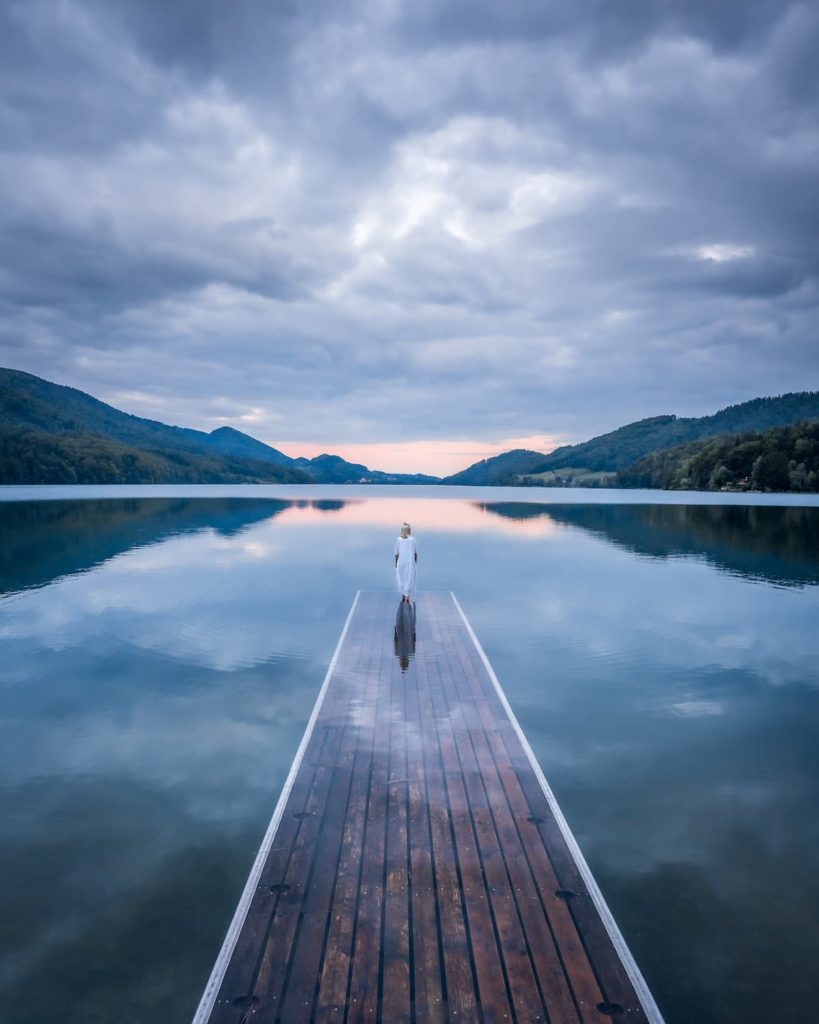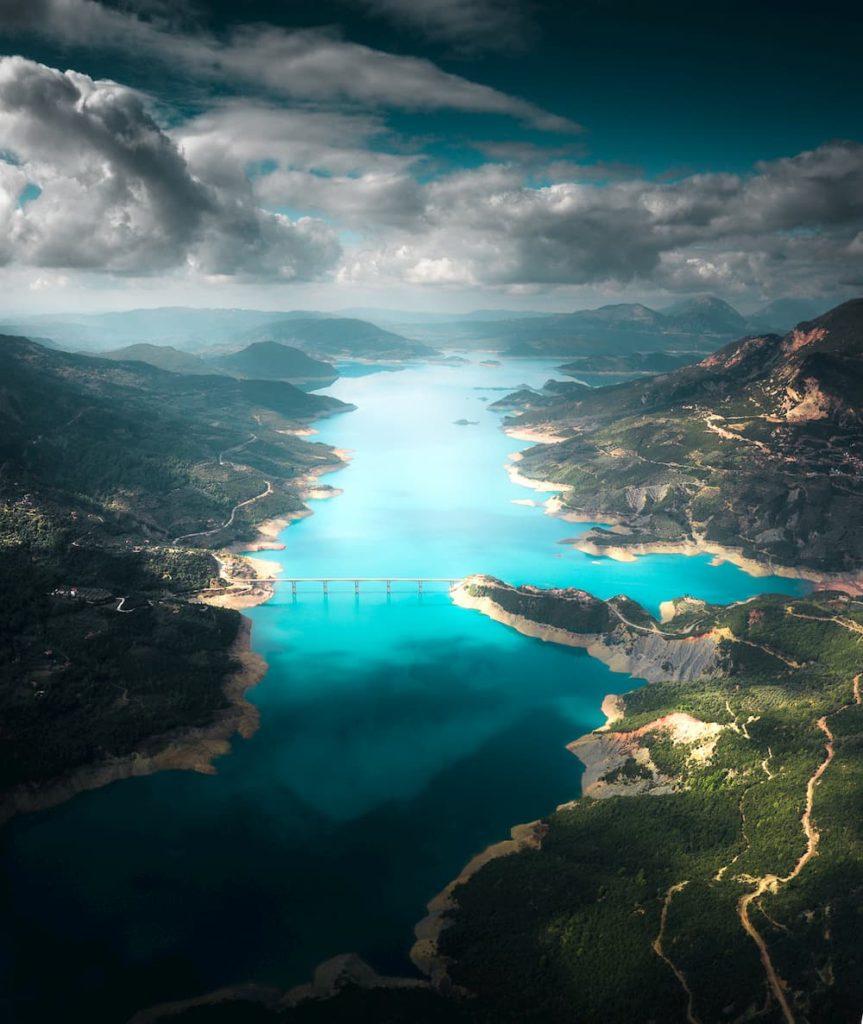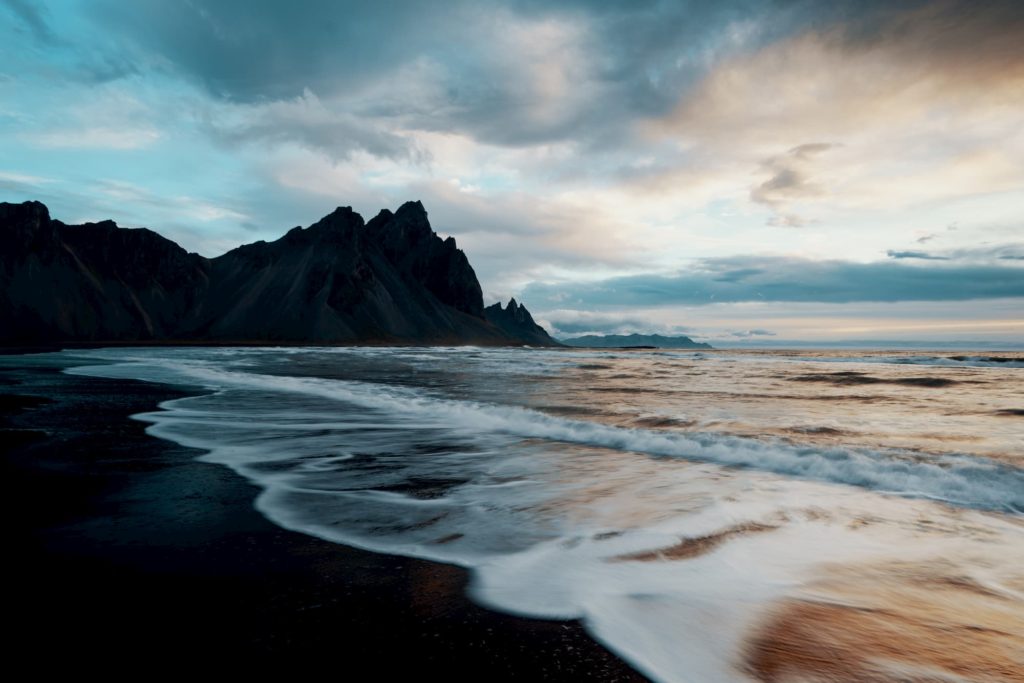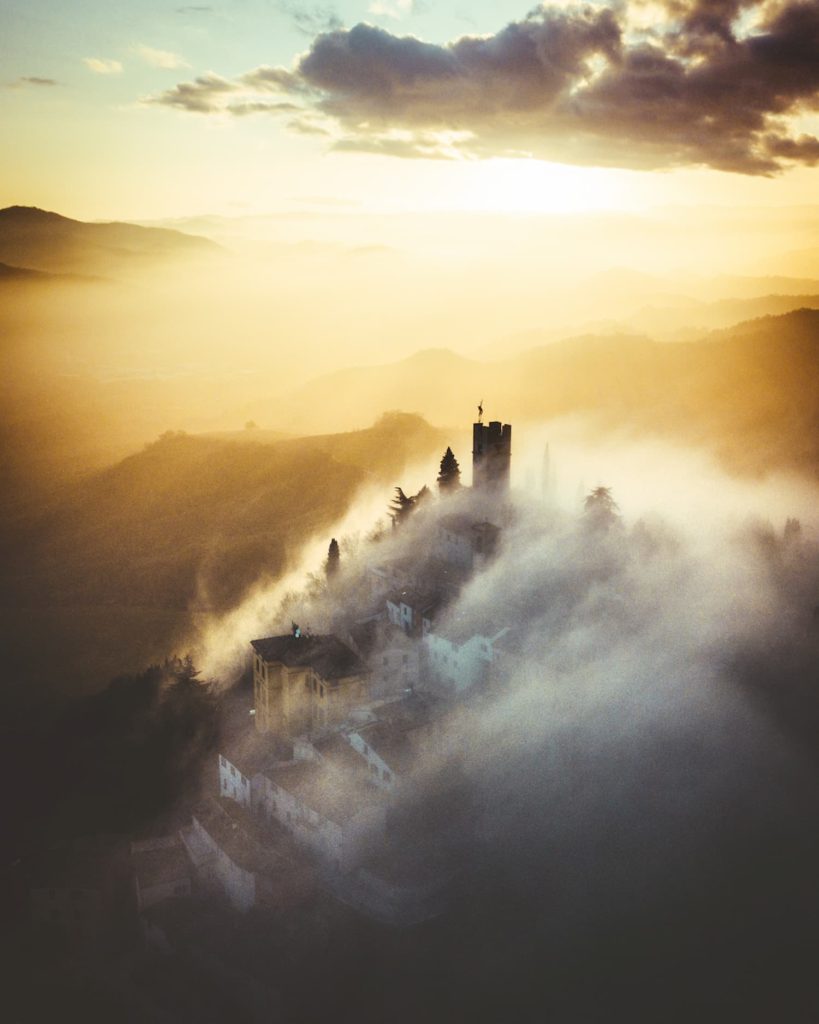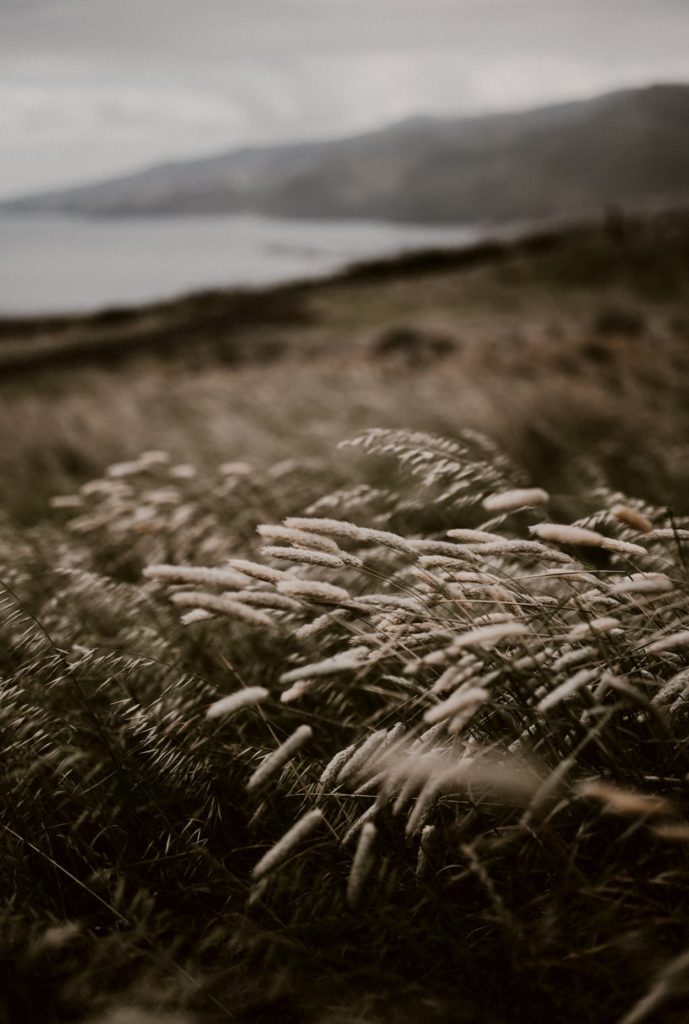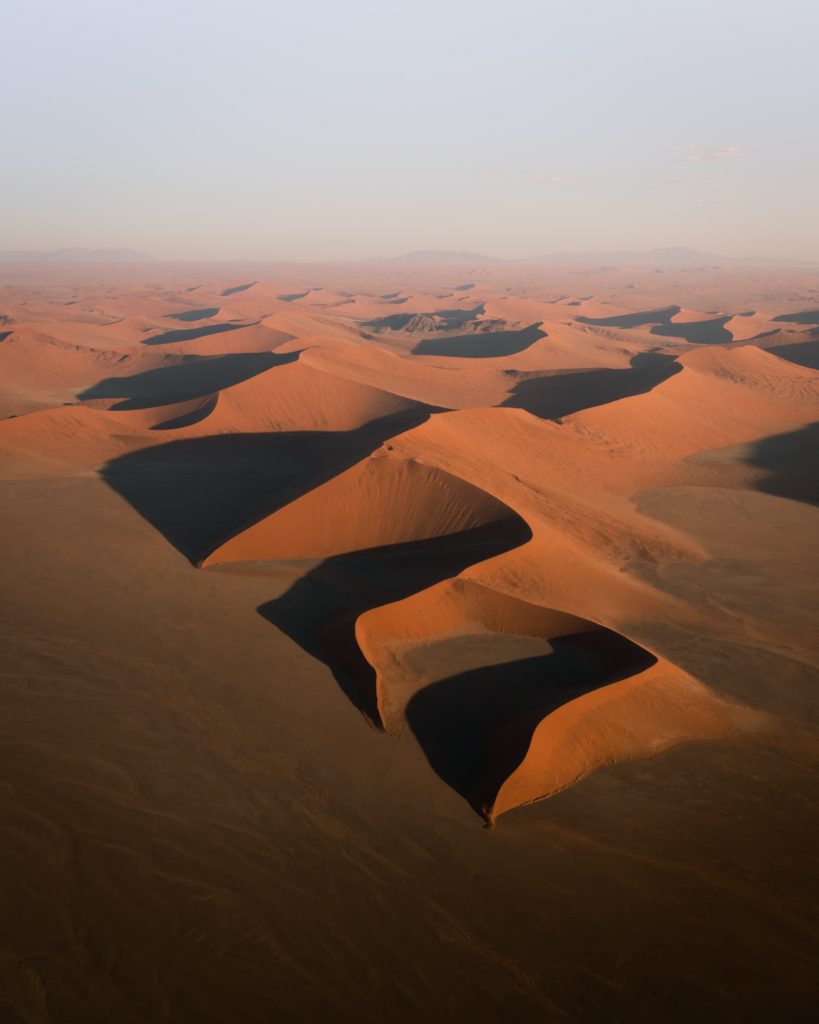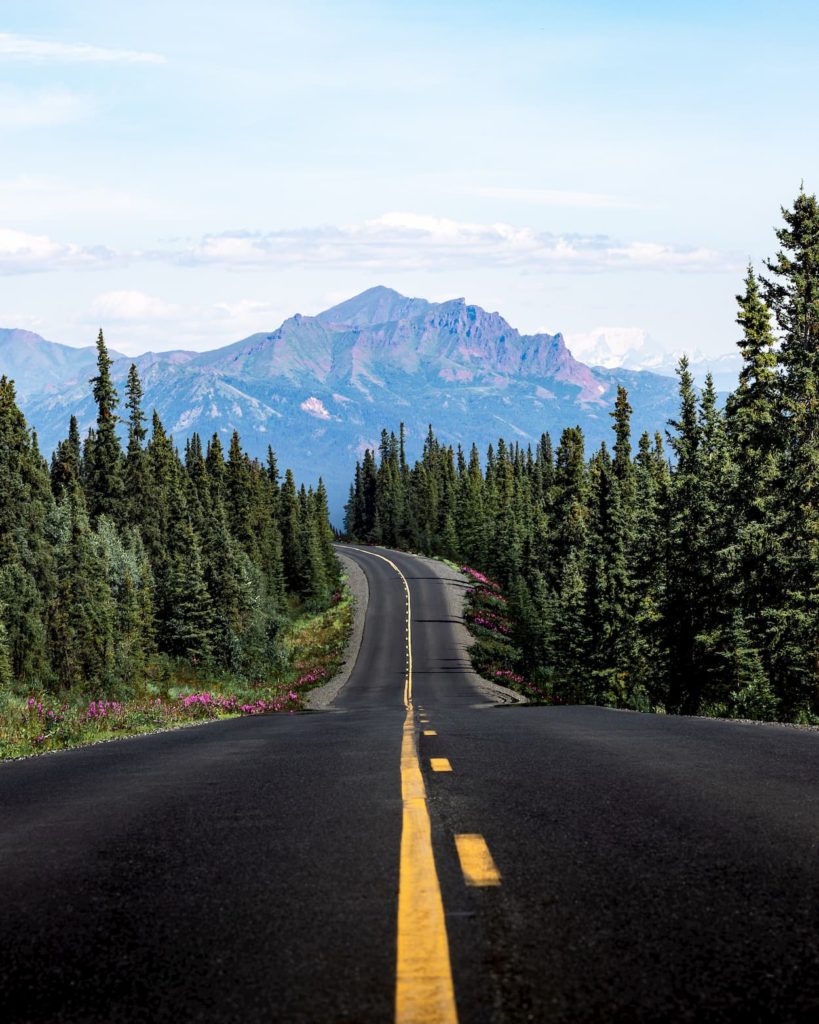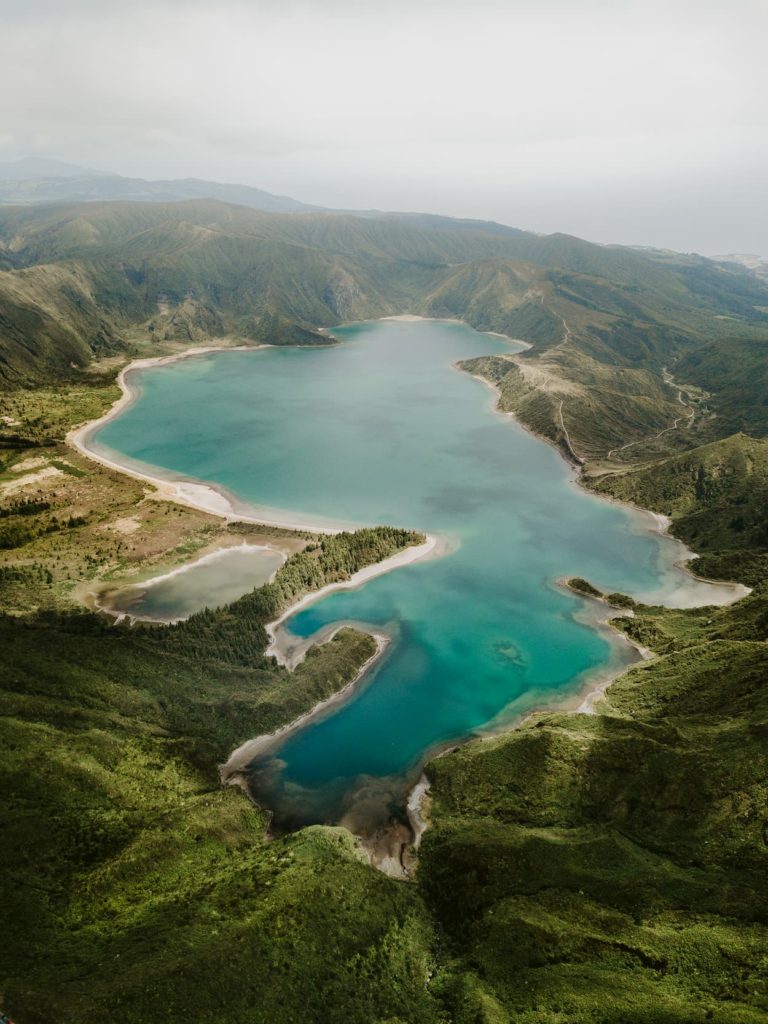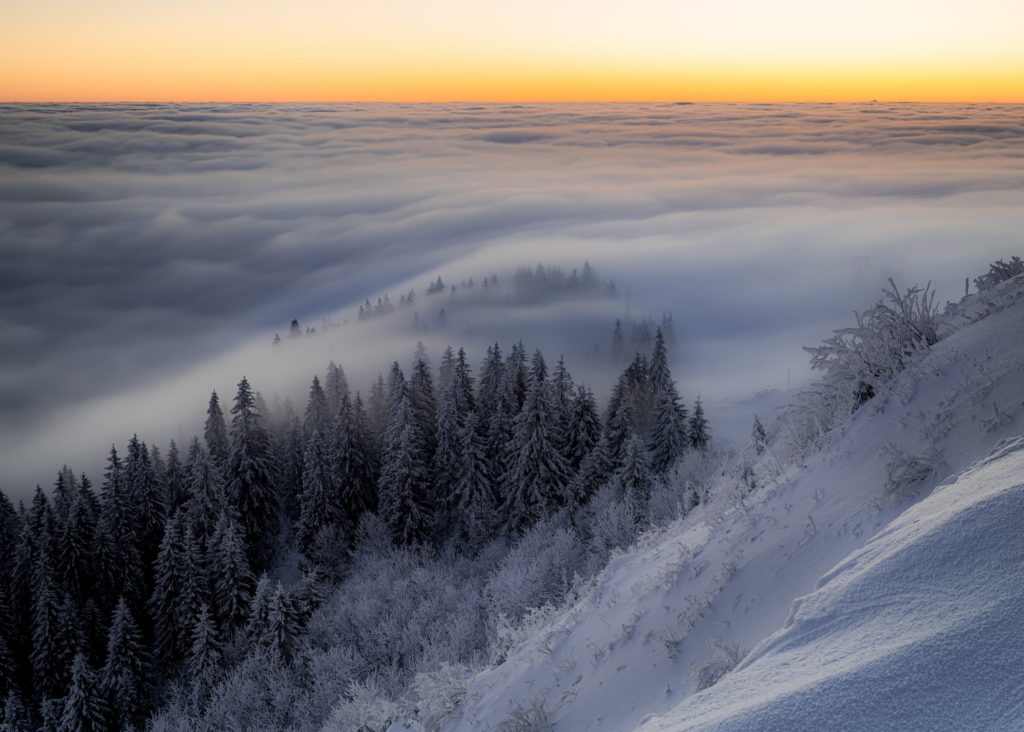
Simone Musacchio
@simonemusacchio
Landscape photographer based in Italy
I am Simone Musacchio, a young aeronautical engineer with a huge passion for photography. I have spent my adolescence being extremely eclectic: I was always excited about studying history, art, math, science, doing sports, and enjoying nature. When I started my university time in Milan, all of this suddenly changed. Necessarily my focus started to be driven in one single direction and my energies were spent in the infinite academic lessons about all the scientific subjects related to the aeronautical engineering degree which I had chosen to study. This motivated me to catch up on some old nice interests, like history, politics, and sport; but I was still missing something to give a shape to the artistic part of my brain. I could feel it.
"Then photography stepped into my life."
I had my old smartphone in the pocket and I realized that just pointing up my nose while walking through the city would show me a new perspective of the world which absolutely needed to be captured by a camera… so I have started, and I never stopped.
Day after day, walk after walk, I started including new subjects in my frame, new colours, new perspectives. I started in the comfort zone of the buildings and their roofs, watched from below, with all those clean lines, geometries, easy perspectives which allowed me to understand the first fundamentals of photography. The initial struggle was big, but the rising passion was even bigger.
Step by step, people have been included in my frame, then nature, then shadows and lights, and so on. I must say that as a young student, before any investment in books for photography, YouTube was pure gold. There are no excuses in these modern times. With a smartphone and an internet connection you can learn all the basics of photography, admire the masterpieces of the most famous photographers in history, and find inspiration. That’s all you need to start shooting.
I postponed buying a proper camera because I was always afraid to do a wrong investment. My thoughts went like: “what if I buy an expensive camera and after a couple of weeks I leave it on the desk to take dust?” “What if I buy an expensive camera and I will not be able to appreciate its performance for a lot of time”. These thoughts led me to wait for that moment when you say: “Ok, now I am ready and I need higher performances”.
This way of thinking drives my passion for photography even today. I finally received the first camera from my friends (a Canon EOS M100, a good small mirrorless) and I am still using it! Waiting, once again, that moment when I am going to feel the need for higher performances. This is how I have started photography, and my personal advice to people who are approaching the world of photography is: “Get the best of what you have today, before moving into something new tomorrow”. With this in my mind I have always tried to get the best from the location where I was.
I started collecting new subjects, new scenarios, weekend after weekend. Cityscapes, landscapes, daily life scenes, seascapes… During this process I have begun to appreciate the mountains. Being born in the south of Italy I was more used to the sea and wonderful hills. Among all the mountain sceneries available in my amazing country, I literally fell in love with the Trentino-Alto Adige region, in the north of Italy. The variety of landscapes, weather and magnificent mountain tops made this territory a playground for photographers. If you would like to see what I am talking about you can have a look at some of my last shots. From the amazing wine hills of Segonzago, deeply crossed by the fog, to the magnificent height of the Piz Ortles and the shining white snow of the Sella pass.
If you are wondering when and where I had my first mind blowing realization of what photography can mean and what a camera is able to frame, we need to go back to the summer of two years ago. Together with my girlfriend and adventure mate Sofia we rented a van in Ireland. Departing from Dublin, we decided to discover the life, the landscapes and the food of this country. It has been the best experience of my travel life by far. With no idea how to drive on the opposite side of the street and a lot of excitement, we began driving the coastal roads, through the mountains, and passing by the fishermen’s villages. The fascinating loneliness of those places, the ocean breeze charged with nostalgia for something that you have never seen before drove my camera all the time. This allowed me to take what I considered the best picture I have ever taken, even today: The White Irish Cottage.
"As a young photographer I feel a vital need of having fixed points of inspiration."
The big names which I usually look at may sound strange because of the big distance between my style and their incredible and particular way of shooting, but it gives me a different point of view and a big push toward improving on new aspects. These two names are Steve McCurry and David Yarrow. And finally, the person which I personally considered the God of photography: Ansel Adams. The way his photography has changed over the decades must be the first thing a young photographer should be interested in. His path suggests everyone to not rush to find a unique style in photography, but try, play, experiment and always move forward.
If you are a beginner, if you are still learning a lot like me or if you are already a pro, do not stop shooting. We are on a mission of capturing beauty and feelings for now and for the future. We can use our camera to tell a story, to give to a place the value it deserves, make it contemplated and respected.
"In Italy we used to say: “The beauty will save the World”. This is our mission."
Would you like content like this sent to your inbox?
MUST READ STORIES OF AUGUST
MUST READ STORIES OF JULY
MUST READ STORIES OF JUNE
MUST READ STORIES OF MAY
NOMADICT
ART GALLERY
THE LATEST STORIES
WRITEN WITH PASSION TO INSPIRE YOU

Miroslav Maršík (@miromarsik): Photographer based in Czech Republic
In this article, Miro shares how his love for cinematic music evolved into a deep passion for photography and how he uses light, color, and atmosphere to turn the streets of Prague into living film scenes.

Aurora photography panorama workflow: A guide to camera settings, editing, and color
In this article, Stefanie reveals how her background in physics sparked her passion for astrophotography and how she blends science with creativity to capture the beauty of the night sky. Readers will discover her approach to color, contrast, and editing, as well as her aurora photography workflow.

Yhabril (@yhabril): Best of the Week 33 at #nomadict
Spanish photographer Yhabril captures the profound connection between humans and the mountains that shaped him. Growing up in the Pyrenees, his work bridges outdoor sports, landscapes, and celestial scenes — often blending athletes, moonlight, and wilderness into striking visual stories.

Ariane Totzke (@besondersschwierig): Photographer based in Switzerland
In this article, Ariane shares how photography helped her navigate personal challenges, connect authentically with people and animals, and develop a philosophy rooted in empathy and artistic freedom. Readers will also discover her ethical approach to wildlife photography and her trusted equipment for both camouflage techniques and cameras.

How to photograph Dutch tulip fields: A guide to light, gear, composition, and colors
Discover how to photograph Dutch tulip fields in their most magical light. From choosing the right gear and lenses to mastering composition, color, and aerial perspectives, this guide shares creative techniques to capture the beauty of the Netherlands’ tulips. Learn how light, color grading, and proportion bring emotion into every frame.
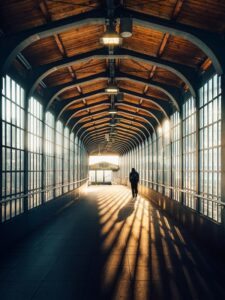
Cinematic city photography: An essential 6-step workflow
In this article, you’ll learn how to read and use light in your home city, choose the right technical settings for low-light scenes, and refine your editing workflow to shape color and atmosphere step by step. In addition, Dominik shares how to find fresh perspectives on familiar locations, five lessons that transformed his photography, and insights on the future of street photography.

Kyle van Bavel (@kylevanbavel): Photographer based in the Netherlands
Kyle van Bavel is a macro photographer with a distinctive, dreamy style that transforms the unseen details of nature into magical worlds. In this article, he shares how his unique vision, shaped by a journey of self-learning and overcoming dyslexia, has become his greatest creative strength.

Inês Preto (@minespreto): Best of the week 20 at #nomadict 2025
Inês is a nature photographer drawn to wild, remote places where weather, wildlife, and mood shape her storytelling. In this article, she shares the behind-the-scenes journey of capturing the Best of the Week image: a puffin trio on the Faroe Islands. She explains how she approached the edit of this image, and shares key lessons she’s learned through experience.
